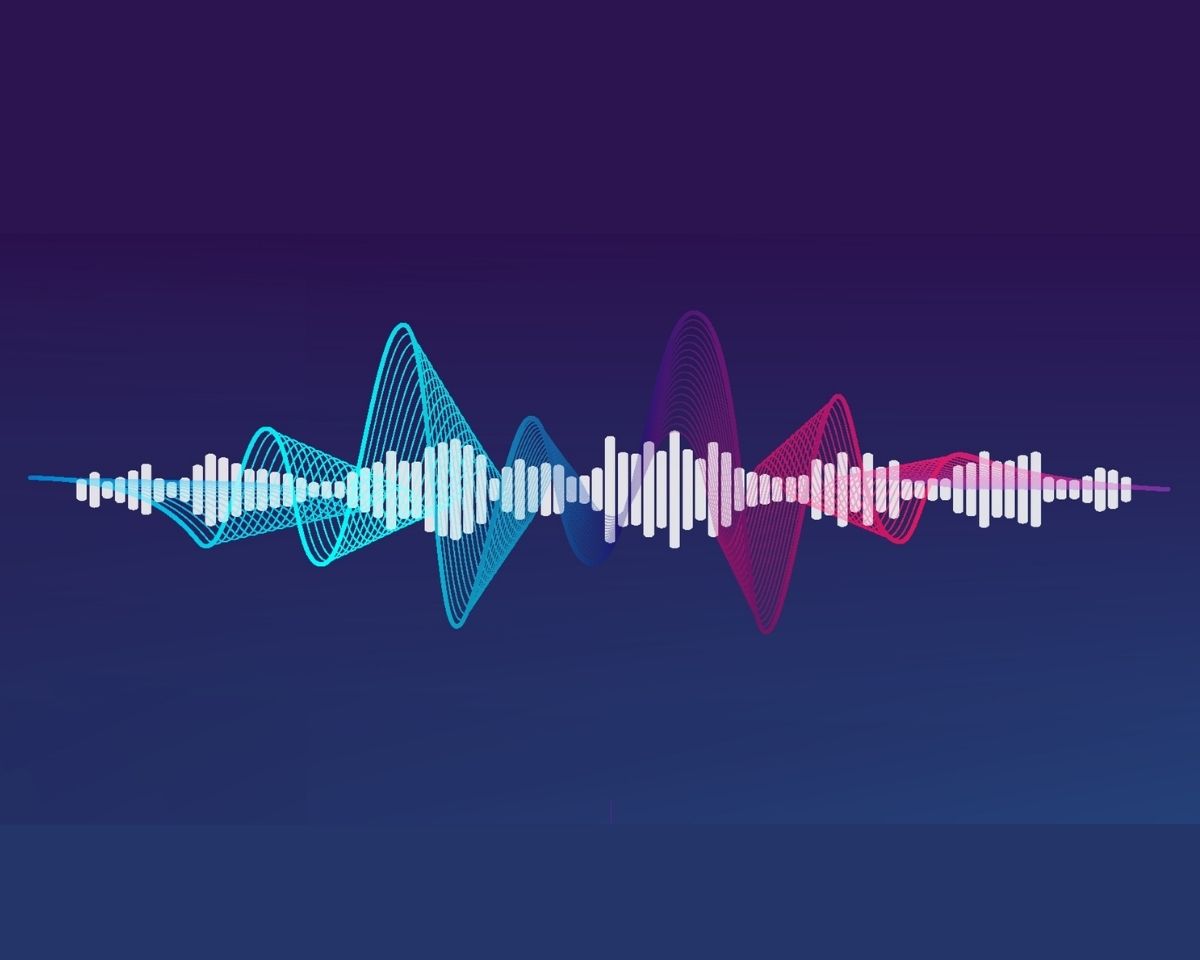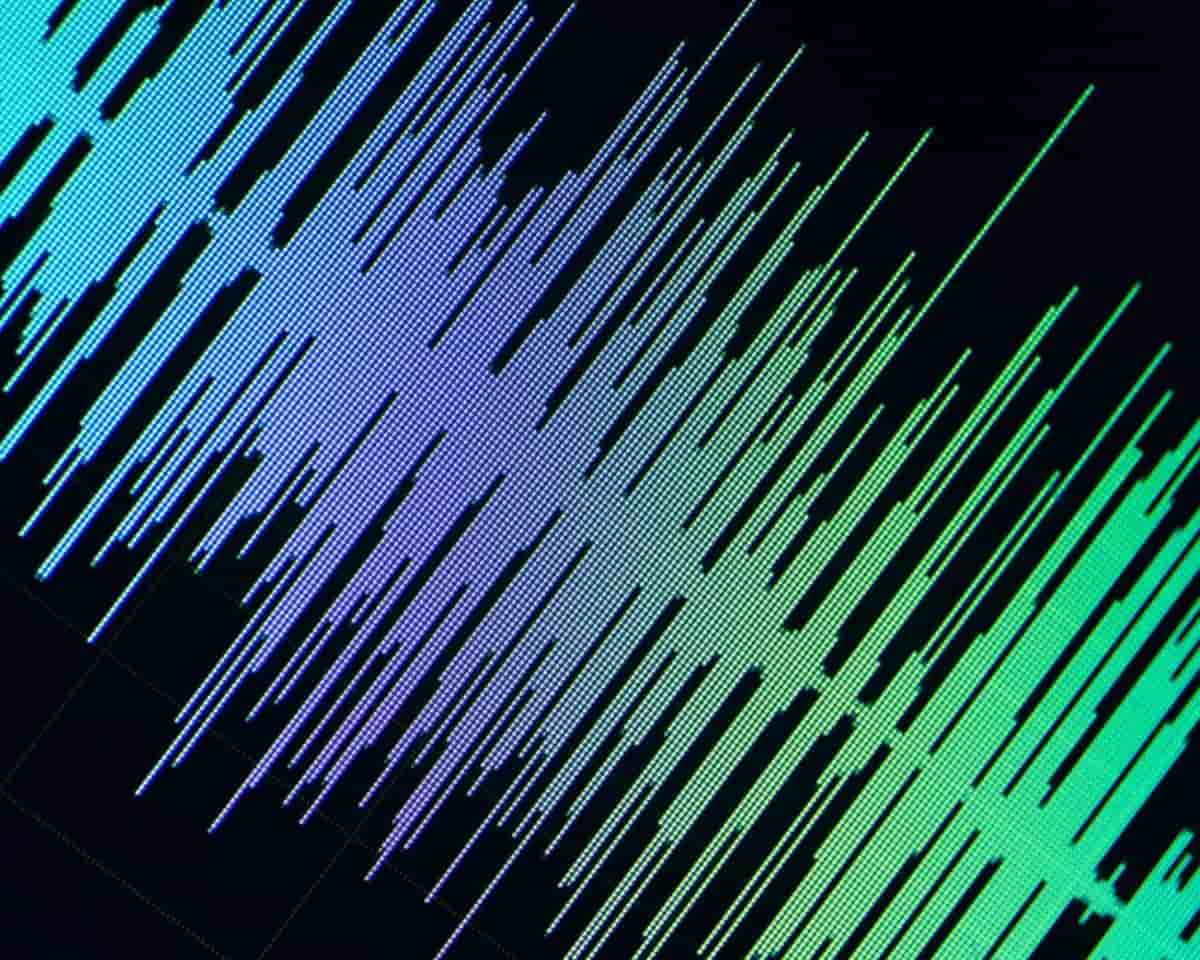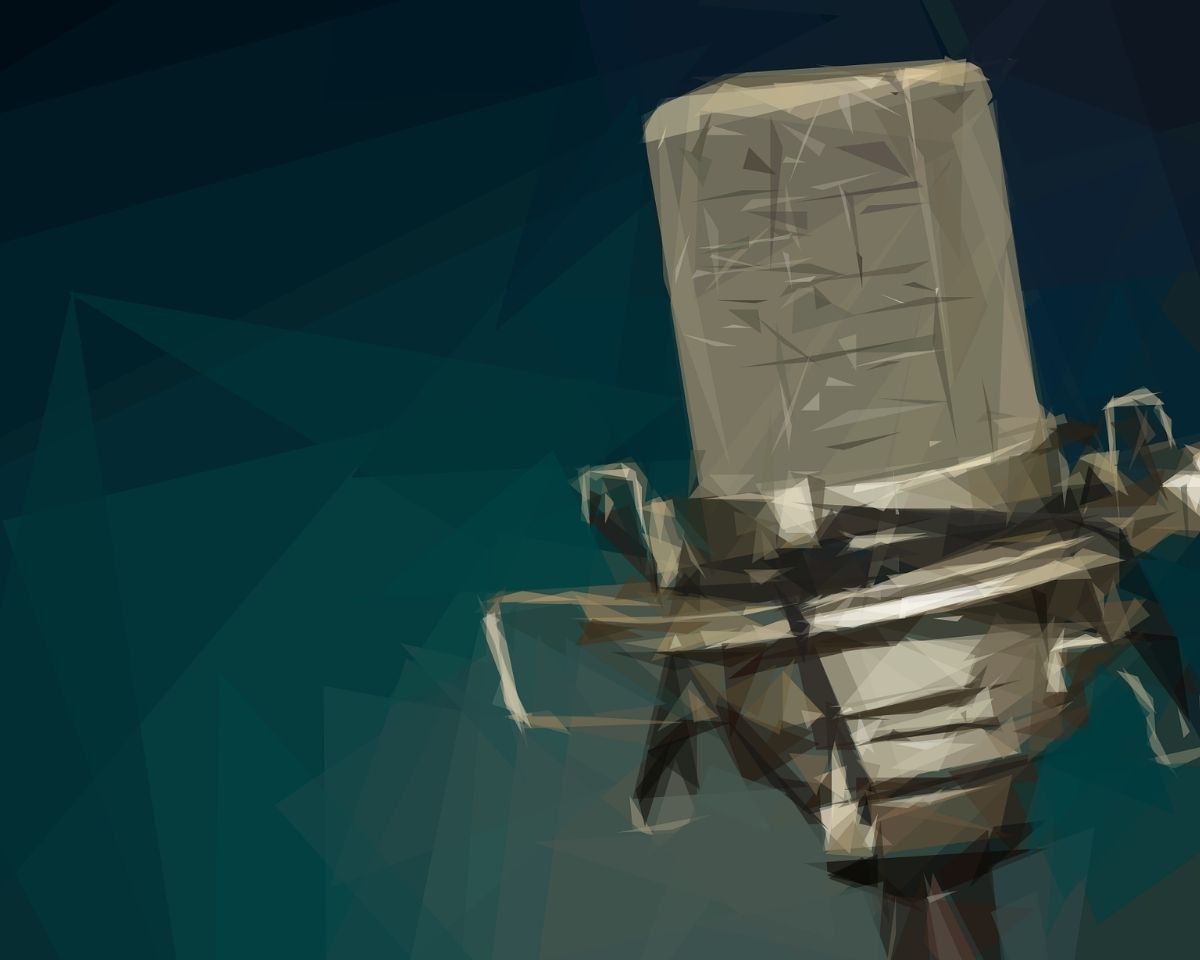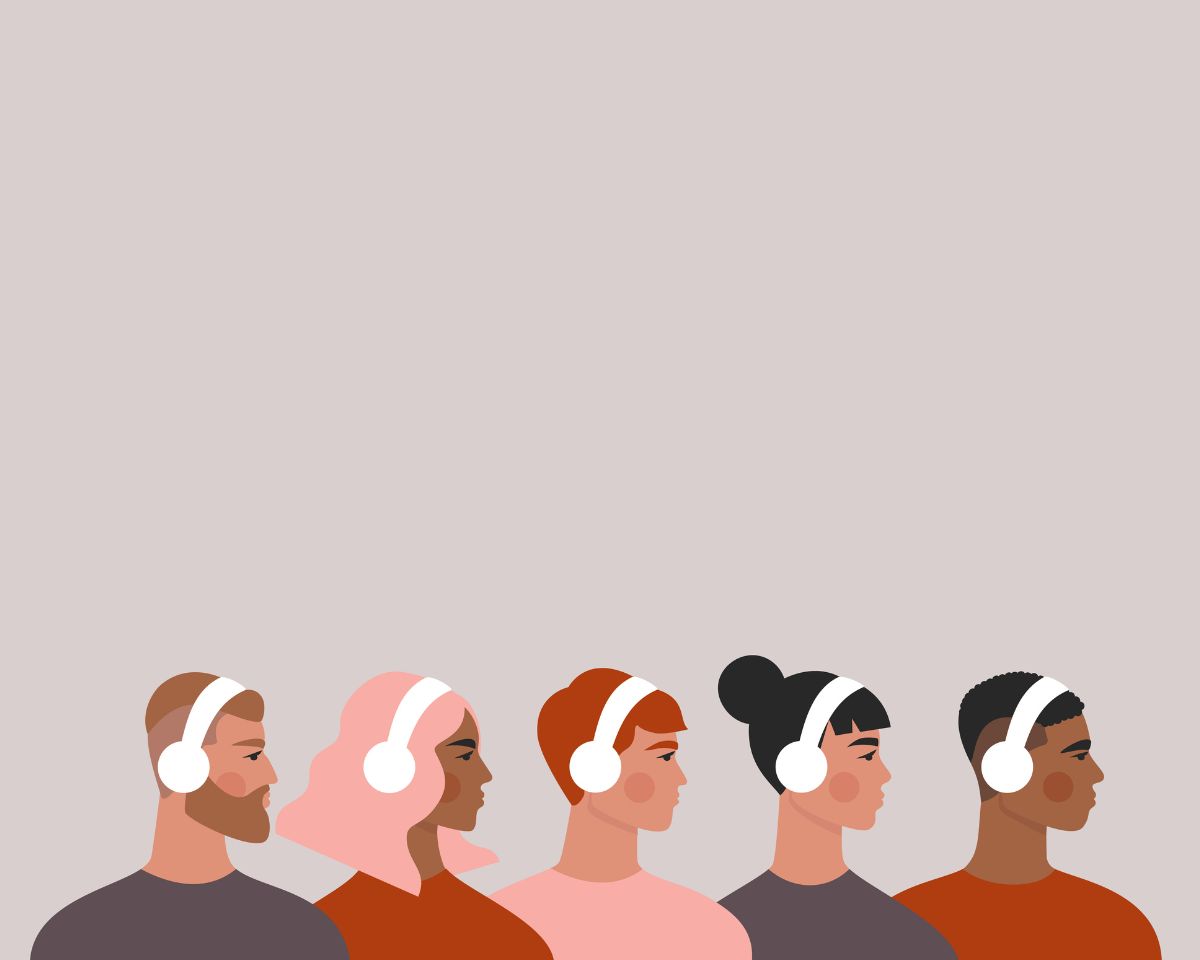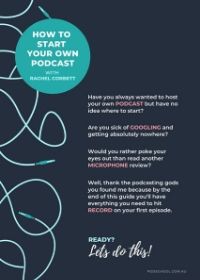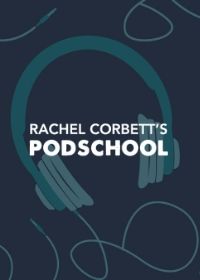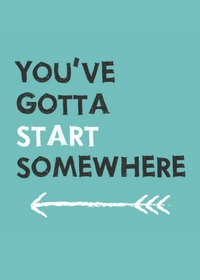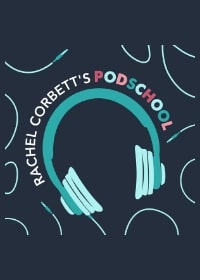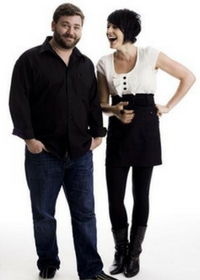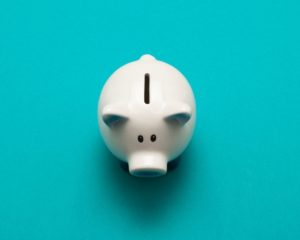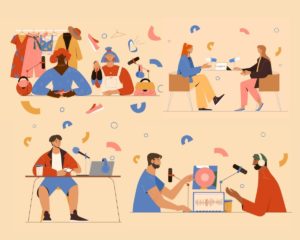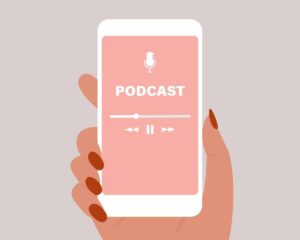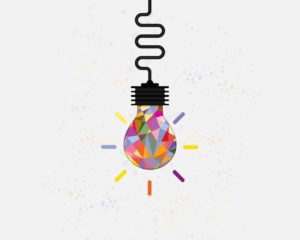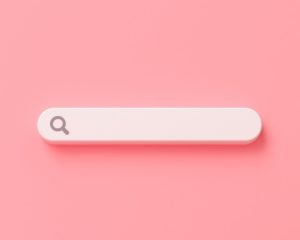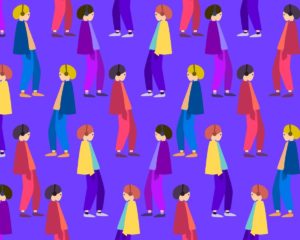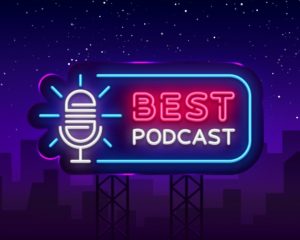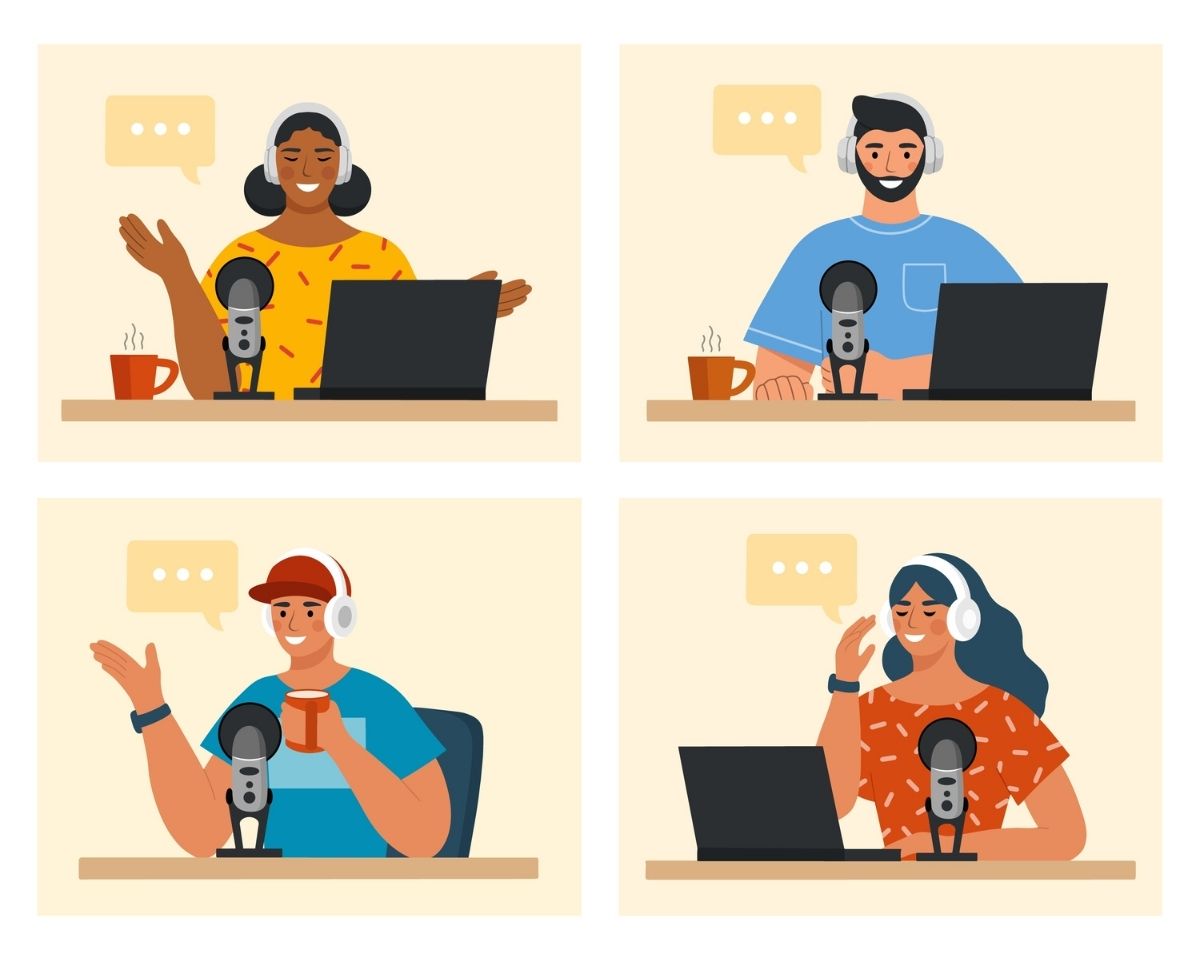
How to make multiple podcast locations sound like one…
Covering up recording in different locations is possible but it depends on how different the locations are.
If one recording was done in a library and the other at a Monster Truck Rally it’ll be pretty impossible to make those sound like they were recorded in the same place.
But where it is possible, the key to making it sound like you’ve recorded your podcast in the same place is ‘ambient sound.’
What is ambient sound?
‘Ambient sound’ is just a snazzy way of saying the background noise of wherever you’re recording your podcast.
For example, if you were in a park the ambient sound would be the noise of children playing, a plane flying overhead or the wind whistling in the background.
A park is an extreme example because it’s going to be a lot noisier than somewhere you’d usually be recording a podcast.
But even if you’re in a room but it’s a different room than where you originally recorded, the ambient sound of that space will be different.
So, if you’re recording anything outside your normal podcast recording space, it’s always a good idea to get some ambient sound on tape, just in case you need it.
I often do this is if I’m interviewing people outside my home studio because things like air-conditioners, noise from the road or a vending machine buzzing in the background can all affect the sound of a podcast recording.
Having tape of this in your back pocket will help cover up the fact you recorded in different locations because you can use it to smooth over edits and other bits of audio you might need to re-record later.
What do you do with the ambient sound you’ve recorded?
In a perfect world, you won’t need it.
But if you’re editing and you notice a change in the background noise that makes an edit sound obvious, you can lay the ambient sound under that edit point, and use it as an audio bandaid.
The other time it’s useful is if you need to re-record a question or anything else you didn’t record properly in the moment.
Because you’ll be doing that in a new environment, laying a longer piece of ambient sound under that second recording (also called a ‘pick up’) will help it sound like it was recorded in one place.
How much ambient sound should you record?
It depends on what you’re going to need it for.
If you’re using it to cover up tiny edits, 10-20 seconds will usually be plenty. But if you’re going to need to re-record questions or longer voice sections you’ll need much more than that.
The problem is, you won’t know how much you need until you’re in the edit so it’s always better to be safe than sorry.
Ideally, you don’t want to be looping a shorter piece of audio to make it longer because there might be sounds that end up repeating if you’re playing it over and over.
This gets really annoying for an audience and can make it obvious you’ve looped audio to try and cover something up.
If you think you might need a longer track just sit there for five minutes before your guest arrives or after they leave and record the space you’re sitting in.
If you don’t end up using it you can always delete it but that tiny bit of extra work can come in really handy later.
What if you’ve tried everything and you can’t make the audio match?
It takes a little bit of tweaking to get a perfect match but if you can’t make that happen just be honest with your audience.
There’s nothing wrong with saying “I recorded this in two different locations so you’ll notice a change in the audio halfway through.”
Sometimes we’re scared of admitting a recording didn’t go to plan but if you don’t say anything your audience will notice and wonder “WTF is going on?”
Be upfront with them and they’ll be prepared for what’s on the way.
What if the audio of one section is terrible?
Sometimes you’ll stuff up a recording and it won’t be salvageable.
In that case, you just need to chuck it out, learn your lesson and prevent that from happening ever again.
This is why wearing headphones when you’re recording is incredibly important.
You need to be listening to what your audience is going to hear so you can make adjustments in the moment.
This is much easier than trying to cover things up later and will also avoid a situation where you can’t use your audio at all.
Got a burning podcasting question you’d like answered? Send me an email.
Want to start your own podcast but need a little help? Download my “How To Start A Podcast” guide or sign up for my online podcasting course, PodSchool.
Hello and welcome to the show. I had a bit of a panicked email the other day from somebody who had recorded their show in two separate parts and in two separate locations and when they got to the stage where they were editing it together they realized “Well, this sounds different!”
Unfortunately, the second place they recorded was a lot noisier than the first place and they were asking me how they could make it sound like they recorded it all in one sitting. This is possible but it’s going to depend on where you’re recording and how things sound. My biggest piece of advice if you are recording somewhere different to where you usually record e.g. if you always record in your home office but you’re outside in a park or at a meeting space somewhere, that you record a bit of ambient noise. That’s just the noise of the space without any talking. So for example if you went to a park, I would go there earlier or after your guest had left and sit there with my microphone and record audio so that I can get the sound of where I am.
The reason I get that is because it can help with the edit later on. So sometimes you can edit things and if you're in a place which is particularly noisy those edits can be obvious if you cut certain things out. Sometimes just taking that clear ambient noise you have recorded and laying it under the speaking like a band aid can help to cover up those edits. The other thing that it can help with is if you need to re-record anything after the fact e.g. if you asked your guest a long winded question and you want to cut it down. You can rerecord that question in your home studio then play the audio of the place you were at underneath and with a little bit of adjusting you can get it to sound like you were actually recording there. But if you've recorded no ambient noise and you can't get back to the location where you were then you won’t have the opportunity to make this correction. If that’s the case, you just need to be open and honest with your audience. Sometimes I think we can be a bit scared, if things go wrong, of admitting we made a mistake. But your audience aren't idiots and they will hear a difference so you may as well be honest about it.
So if you are going to be recording in different locations always be mindful of recording that local ambient sound because it might come in handy later in the edit. I usually record 45 seconds or so because I don't usually need any more than that. But if you were going to do five minutes of audio somewhere else and you wanted to record five minutes of sound it's always better to have a longer track than trying to loop a shorter bit of audio. If you do that sometimes it can sound like it’s been repeated and your audience might think “haven’t I heard that car go past 98000 times?” Sometimes recording a longer bit of audio can be helpful but if you can't do that and things sound different or you've made a mistake with something just be honest. If it's really bad you might have to rerecord and that's a good lesson to learn because you won't make that mistake again. But don't be afraid to be truthful with your audience when things don't sound a certain way.
When I've recorded episodes of my podcast You’ve Gotta Start Somewhere at my home office in the summer it’s impossible to sit there with the bi-fold doors closed so I've had to open them up and every time the neighborhood comes alive. Aeroplanes go overhead and somebody’s leaf blower starts up next door, then a dog starts barking down the road. So I just refer to it, either during the conversation, or if it’s really bad I might drop a little audio note at the start of the episode. Just don't be afraid to be honest with your audience and say “Hey, this is going to sound a little bit different in the middle because I recorded this interview in two parts. I couldn't get a hold of my guest for the whole stretch so I managed to get him on one day and then on another day so excuse the jump in the middle but I hope you really enjoy the show anyway.”
It's not like the audio they're going to get in the second half is going to be so blisteringly terrible they can’t listen to it. If it is, please throw it out and start again. Just don't be afraid to let them know things have been done a little differently. You'll be surprised how willing to accept those things they are. Of course you can't do it all the time but sometimes life happens and these things need to be addressed and then you can do it right the next time not make the same mistake again.
I hope that's helped. If you've got any questions you want answered, please head to PodSchoolPodcast.com and hit me up at the contact page. If you are loving the show I would love you to leave a review in iTunes or wherever you listen. I’ll see you next week and until then, happy podcasting.
